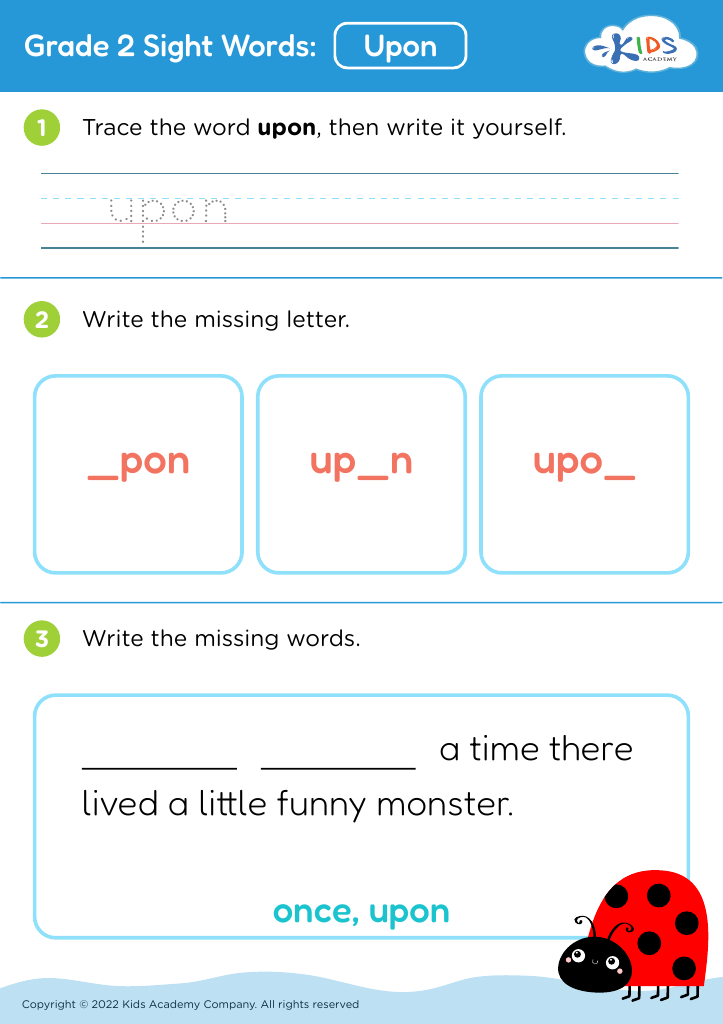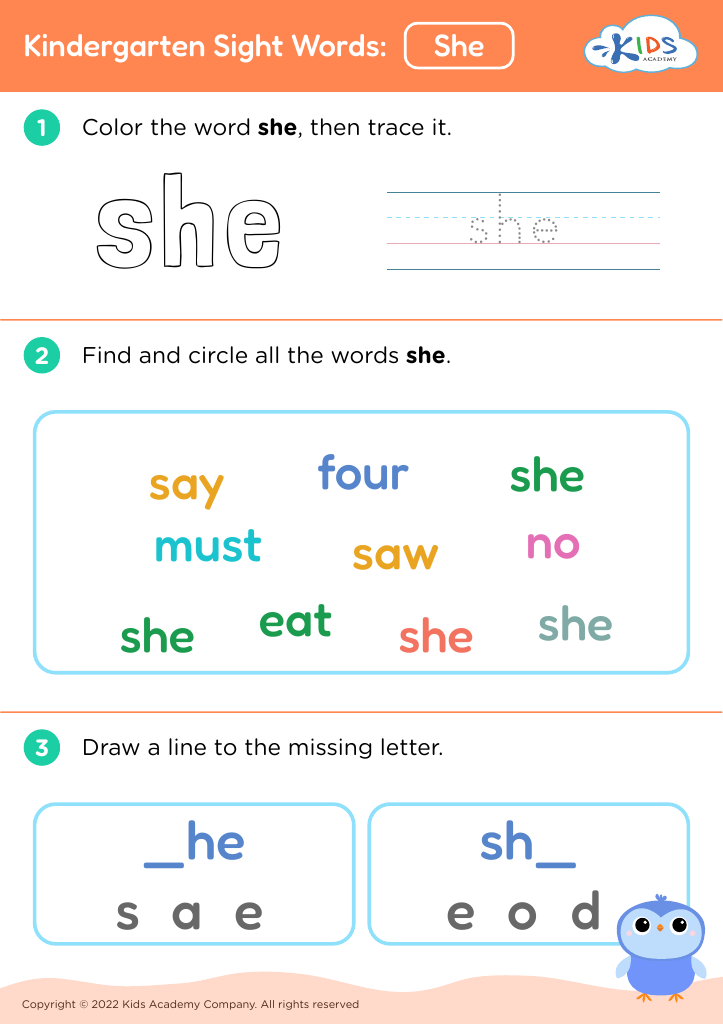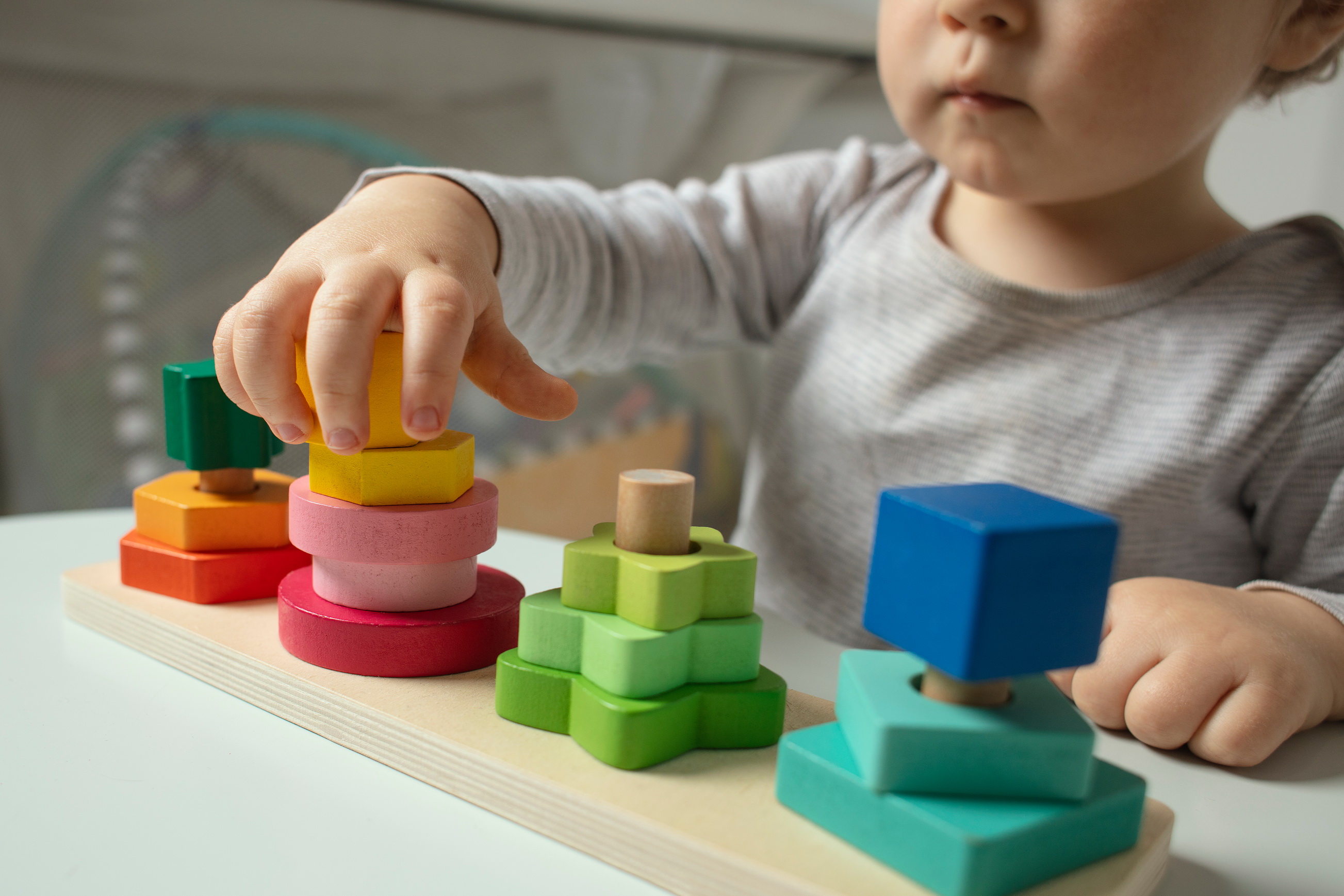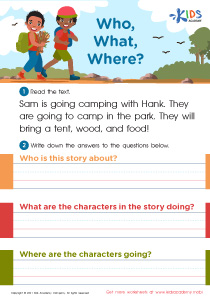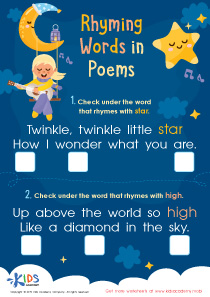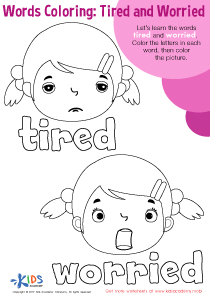Drawing skills Reading Worksheets for Ages 6-7
3 filtered results
-
From - To
Discover our engaging "Drawing Skills Reading Worksheets" designed specifically for kids aged 6-7! These worksheets blend creativity and literacy, helping young learners develop their artistic abilities while enhancing their reading skills. Each activity encourages children to draw scenarios related to the stories they read, fostering comprehension and imagination. With vibrant illustrations and fun prompts, these worksheets are perfect for making learning enjoyable and interactive. Ideal for classroom or at-home use, our resources support early education and nurture a love for reading and drawing. Explore our collection today and watch your child flourish as they create and learn simultaneously!
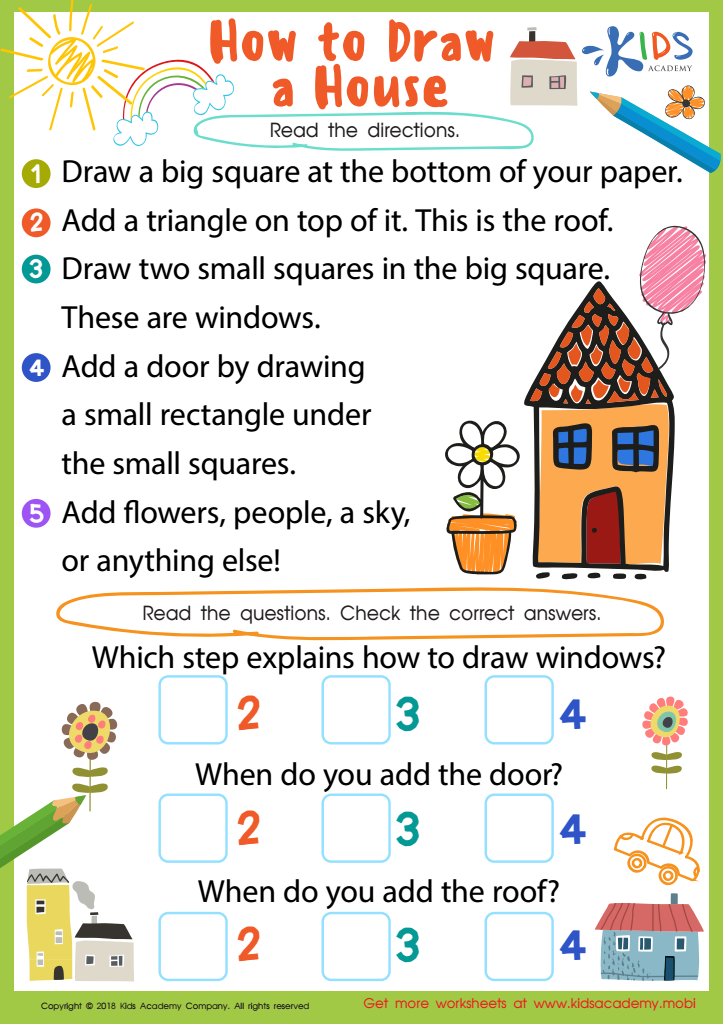

How to Draw House Worksheet
Drawing skills and reading are crucial components of a child's development, especially for ages 6-7, a formative period in their education. Developing drawing skills enhances fine motor control and hand-eye coordination, allowing children to express themselves creatively. As they learn to represent objects and ideas visually, they also improve their cognitive skills, such as spatial awareness and critical thinking. This creative expression supports emotional regulation and allows children to communicate complex emotions and thoughts that may be difficult to articulate verbally.
Reading, on the other hand, is foundational for literacy and academic success. At this age, children are beginning to make connections between letters and sounds, expanding their vocabulary and comprehension skills. Encouraging a love for reading promotes curiosity, imagination, and empathy as children explore diverse characters and stories.
Integrated learning experiences, such as illustrating stories or piecing together narratives through their drawings, foster a bridge between reading and artistic expression. Parents and teachers should care about these skills garnering support and providing diverse opportunities for children to thrive; nurturing both drawing and reading abilities equips young learners with the tools needed for effective communication, problem-solving, and lifelong learning. Together, these skills shape well-rounded individuals who can think critically and express themselves confidently.
 Assign to My Students
Assign to My Students
